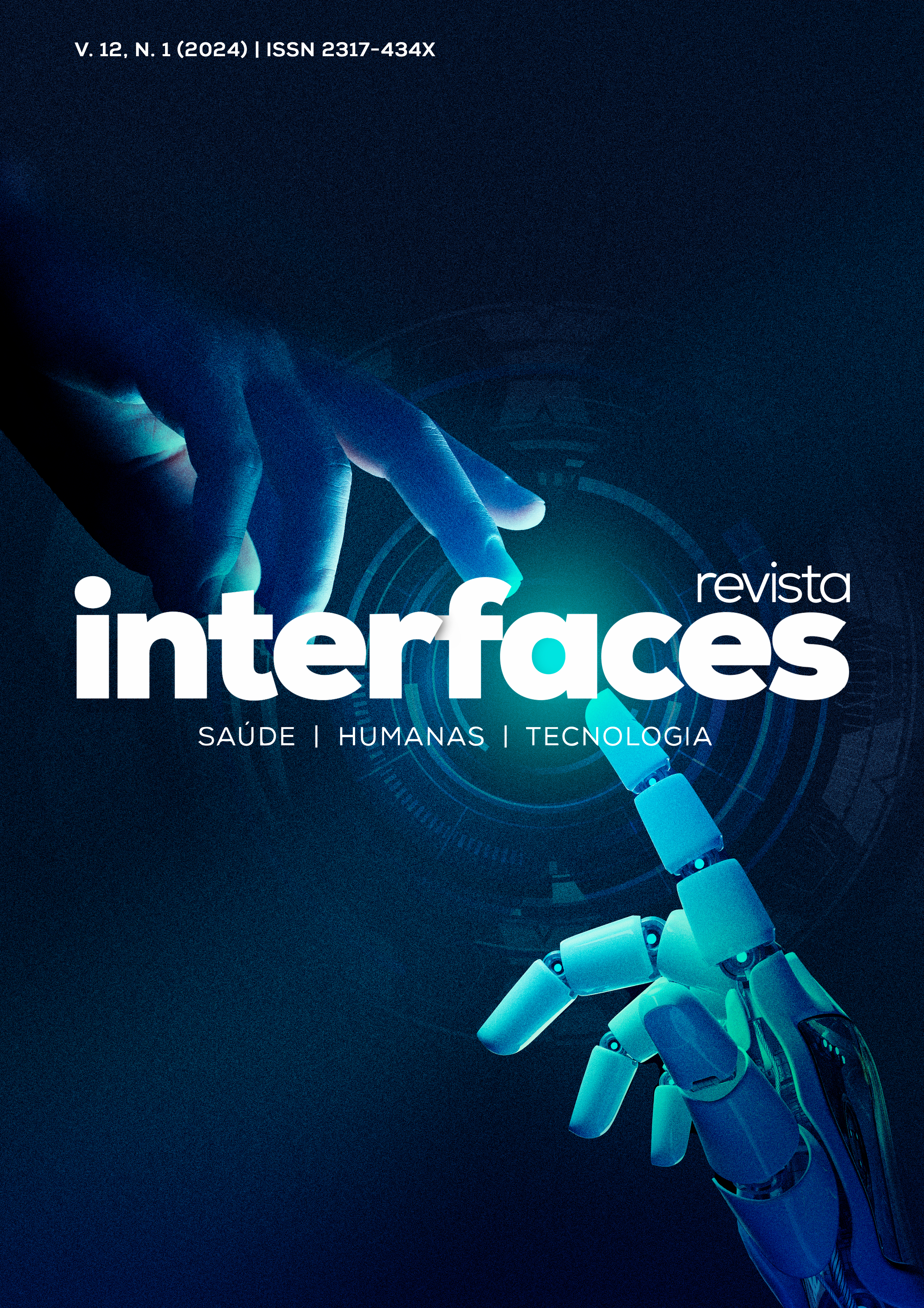USE OF INTRAVENOUS IRON AS AN ALTERNATIVE TO BLOOD TRANSFUSION IN THE TREATMENT OF ANEMIA IN CANCER PATIENTS
DOI:
https://doi.org/10.16891/2317-434X.v12.e1.a2024.pp3988-3985Abstract
Anemia frequently occurs in the course of diseases such as cancer. It contributes to patient morbidity, compromises the performance of daily activities, affects quality of life, and can limit therapeutic options. It is usually treated with blood transfusions, erythropoietin-stimulating agents, or iron replacement therapy. The aim of this research was to describe the outcome of intravenous iron use for the treatment of anemia in patients with solid tumor neoplasms treated at a specialized blood transfusion service. This was a descriptive, retrospective, cross-sectional epidemiological study conducted at a specialized outpatient unit for patients with transfusion needs. Data were collected from 66 patient records and analyzed using descriptive statistics. The results showed that the age group between 46 and 69 years was the most prevalent for cancer development, and the female population represented 65.2% of the studied sample. Cervical cancer (34.8%) and stomach cancer (31.8%) had the highest frequency, followed by rectal cancer (9.1%) and colon cancer (6.1%). Stomach cancer was the most common type of cancer for both sexes. The Cancer Institute of Ceará (ICC) was the healthcare service that referred the most patients for blood transfusion. 54.6% of the patients were referred to receive two units of packed red blood cells, 33.3% to receive 1 unit of packed red blood cells, and 12.1% had an unspecified quantity specified in the medical request. Laboratory tests indicated that patients who received intravenous iron had an initial mean Hb of 6.5 g/dl and a final mean Hb of 9.93 g/dl, with an average gain of 3.4 g/dl. The results of this research demonstrated that the administration of intravenous iron in patients with cancer-related anemia significantly increased hemoglobin concentrations, resulting in improved quality of life and reduced need for blood transfusion.

